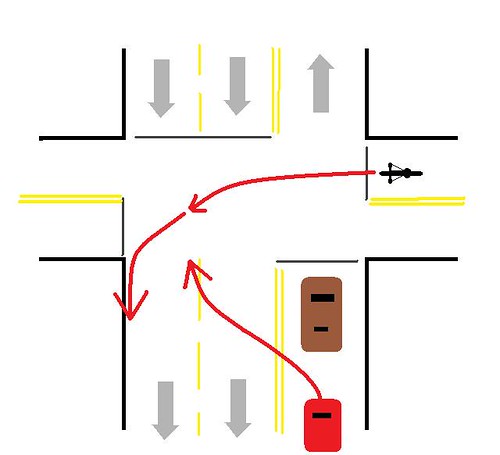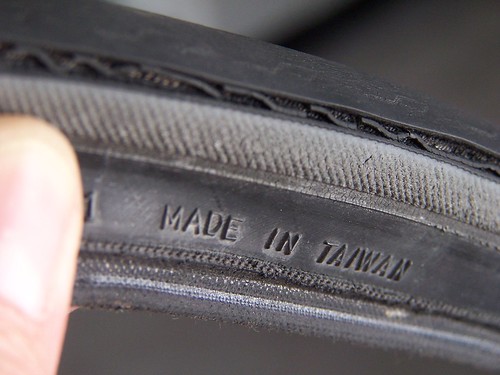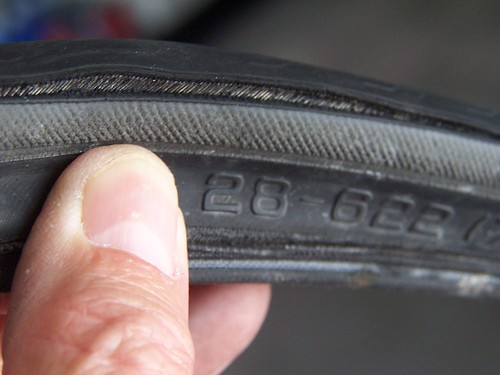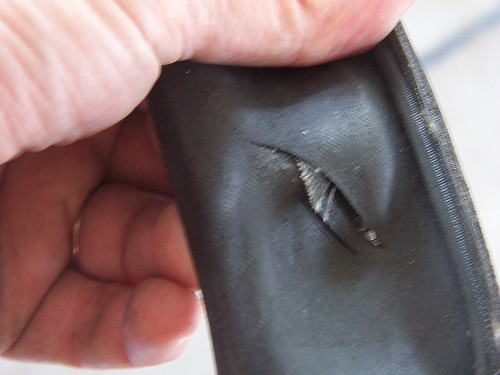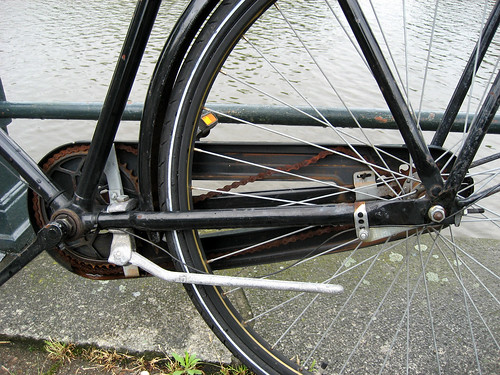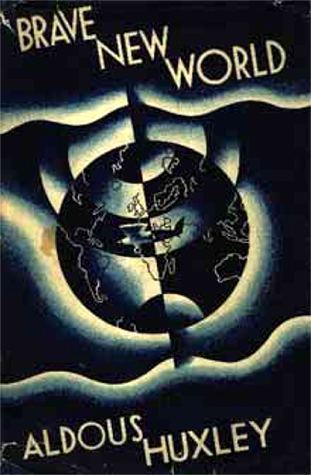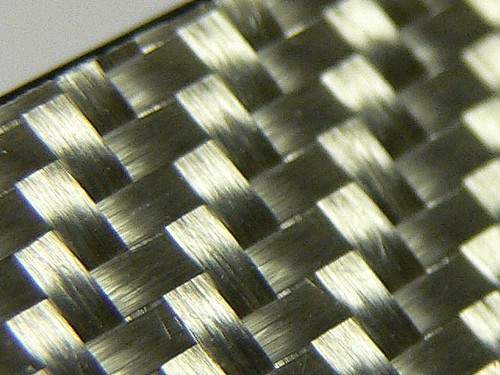Please bear with me for a moment.
I've been reading a lot about writing. It's a self-help effort. Much has been contradictory. For instance, one site said if you want to write better, concentrate on writing. But if you want to read, simply read. Another site says that reading is essential to becoming a better writer. I tend to agree with the latter. As an example, Isaac Asimov wrote several books every year on a variety of subjects. He wrote through the morning, had lunch, and then went to the library for research every afternoon.
I don't have Azimov's work ethic, not about writing, anyway. But I think that reading is a means of igniting the imagination and spinning off new ideas. It happened with the following piece, a straightforward discussion of misconceptions about bicycle commuting. I was in the middle of responding when it struck me that there's a necessity for a related but more detailed post about buying a used bicycle. I like it when that happens.
I did my best to avoid all the nuts-and-bolts about writing when I was in school. Even now, I can't tell you what a sumerian presumptional disfirmative is, or how to use it properly. (One of our local bicycling advocates is an English instructor. I give him migraines.)
These are excerpts from Adam Voiland's article. Follow the link for the complete one. My comments are interspersed in italics. And if you're wondering why I'm reaching all the way back to May for this, let's just say that my drafts folder is bulging and I want to clear it out.
Six Myths About Commuting by Bicycle
(Link)
May 15, 2008 05:11 PM ET | Adam Voiland
...Biking is a reliable, safe, fun, and cheap way to get around—and it happens to be good exercise, too. Still, myths about bicycle commuting persist. Here are six I’ve noticed over the years; feel free to add your own in the comments section.
1. It’s too dangerous. Yes, there’s real risk associated with bicycling. Bikers do crash and get hit by cars. But how dangerous is biking in comparison with other forms of transportation and with our perception of the risk? A lot less than you might think.
Consider the calculations of a company that performs safety and failure testing, previously called the Failure Group and now known as Exponent. The company looked at a variety of activities and determined that the number of fatalities per million hours of exposure was 0.26 for biking, 0.47 for driving, 1.53 for living (all causes of death), and 8.80 for motorcycling. In other words, they found that the risks of biking were about half that associated with driving and a sixth of that associated simply with being alive...
Yes, road cycling has some risks, but for the most part they're exaggerated. These risks are offset by the benefits that come from regular exercise: a healthier cardiovascular system, weight loss, and a more positive outlook. So while there are some dangers associated with riding on the street, we're probably at greater risk from that bowl of Cheetos on the arm of the couch. Sedentary lifestyles and poor nutrition choices kill more Americans.
2. It’s too far. The ride might take too long or take too much out of you if you live more than, say, 10 miles from work. But consider ways to expand your potential range. Many commuters, for example, use folding bikes so they can go partway on a commuter train (Swissbike uses technology originally designed for paratroopers to make the Hummer of folding bikes). Within city limits, many municipalities are now allowing bikes on buses or subway cars, too...
A good rule-of-thumb for a new bicycle commuter is to assume a pace of six minutes per mile at first. So a five mile trip should take about 30 minutes. Obviously, a short trip of a mile or two can be completed almost as quickly on a bicycle as it could in a car. My own commute is seven miles by the shortest route, and that takes about 30 minutes give or take a little due to the wind direction. This morning, a mocking bird serenaded along the way, something I'd miss entirely in a car.
3. I'll need an expensive bike. Not true. You should be able to get a new or used bike suitable for basic commuting for less than $500. Find a good, local bike store with a knowledgeable staff (not, in other words, one of the big-box stores), explain the terrain and length of commute you’re considering, and they'll help you choose the appropriate frame and number of gears you’ll need. In fact, Eric Doyne of Shimano’s public relations team tells me that “lifestyle” bikes—designed for everyday, casual riders as opposed to the high-performance racing or mountain bikes designed for enthusiasts—are huge growth areas for the bike industry right now...
Bike shops are seeing a lot of dusty old bikes rolling in for repairs as gas prices increase. This is a sensible idea because bicycles are fairly durable and there are many usable old bikes tucked away in garages and attics. But if you simply must have a new bike, visit a reputable local shop rather than a big discount store. A good shop will see that a bike fits you properly – absolutely key to long term comfort – and they'll provide service after the sale. This too is important because many new bikes go out of adjustment in the first month or two of use. This is normal.
There's always the possibility of buying a used bicycle, saving a significant amount of money while acquiring an excellent bike, but unless you're a skilled mechanic or very experienced at evaluating the potential flaws in older, used machines, I would recommend avoiding this unless you buy from a local shop. Bike shops usually won't take abused machines in trade. It's just too expensive to refurbish them. You'll pay more at a shop than you would at a flea market or garage sale, but it's likely you'll get a perfectly serviceable bike.
The used market can be rewarding or disastrous, but now that I'm thinking about it, I'll probably have something on buying used bikes in the next day or so.
4. It's impossible to carry the stuff I need. If this is what you think, you’re toting way more than the average person to work or you don’t have the right bag or features on your bike. A good basket or touring panniers will mean you can easily carry a computer, change of clothes, lunch, a few books, a slew of folders, and whatever other gadgets you regularly carry. Take a look at this bike and this pannier bag set if you’re looking for inspiration...
There are many ways to haul essentials. Rucksacks, messenger bags, panniers, and baskets will all do the job. Some people drive to work once a week with their work clothes. Then they can ride on the other days unencumbered by baggage. My rule-of-thumb is to use the smallest bag possible, because any 'extra' space will be filled with some unnecessary item that adds weight and bulk.
5. There’s nowhere to shower. Jeff Peel of the League of American Bicyclists says that many people do worry about this, but that there are numerous alternatives beyond simply showing up at the office smelly and sweaty. First, check to make sure that your building doesn’t have a shower somewhere. Mine does. If it doesn’t, check nearby gyms or fitness clubs. Many offer shower-only memberships for bike or running commuters. If you’re still striking out, Peel says, it’s amazing how far you can get with a sponge bath in a regular bathroom. Baby wipes work like a charm...
I read an account by a would-be bicycle commuter who bewailed the fact that there was no shower facility waiting at the end of his two mile commute. I'll just put this baldly – Americans worry entirely too much about sweat and the resultant body odor. A short commute at a relaxed pace will not end with you arriving at work reeking, not if you bathe regularly, anyway. There may be one aspect of 'Copenhagen style' cycling that I find appealing, and that's the emphasis on bicycling as a 'fast walking.' Riding a bike simply saves time over walking the same distance, and it can be done in stylish, fashionable clothes. But with that one caveat, I'll return now to my usual loathing of Copenhagen style.
6. Biking will make me impotent. This is a charge that has circulated since the late 1990s, and there’s a kernel of truth to it. There is evidence that serious bike riders can experience temporary and even long-lasting erectile dysfunction if they log lots of hours on a racing seat that doesn’t fit properly. But there are now plenty of seats like this one with ergonomically designed cutaway grooves that take the pressure off the key arteries and nerves. And if you really want to play it safe, there are noseless saddles, too. As long as your saddle fits correctly and you don’t ride as much as somebody training for the Tour de France, biking is more apt to reduce your odds of erectile dysfunction than raise them, since the exercise will help keep cardiovascular disease—a major cause of erectile dysfunction—at bay...
By the age of 70, about 50% of men are impotent. The infamous study that supposedly linked bicycle saddles and erectile dysfunction was a statistical study of these elderly ED patients. A doctor noted that in almost all cases, these men had ridden bicycles in their youth. While interesting, the study suffers from the post hoc ergo propter hoc fallacy. Correlation is not causation, yet in another triumph of marketing over science, new saddles suddenly arrived on store shelves, saddles with holes. Can't have Mr. Happy going all saggy, you know. If you're the type who obsesses over these things, I have hundreds of emails offering generic Viagra in my spam folder. I can forward them to you.
Voiland included this:
"And, until more bike infrastructure is built (and it should be as it improves biker safety, too)..."
The advocacy groups who endorse ever increasing miles of bike lanes would have us believe those lanes enhance our safety. Yet studies like the one conducted in Copenhagen show that adding bike lanes to existing streets and eliminating parking merely moves collisions between cyclists and motor vehicles to the intersections. In other words, crashes decreased at mid-block but increased disproportionately at intersections. Bike lane proponents simply ignore this because it doesn't fit into their preconceived assumptions.
Infrastructure is not a substitute for an educated, experienced bicyclist, just as very safe interstate highways do not absolve a driver of responsibility for his own safety. That's another myth perpetuated by the facilities advocacy groups - that even inexperienced riders can safely use a bike lane.
Don't misunderstand me - I'm not against the idea of multi-use paths or trails, but I'm very much opposed to the fear mongering conducted by some of the advocacy groups. An engineer once told me, “Nothing will be foolproof until we run out of fools.” Sure, it was facetious, but there's a kernel of truth too. We know we cannot build facilities that are utterly foolproof. Instead, we should be focusing on building better cyclists, with the knowledge to use any roadway in safety regardless of the presence or absence of bike lanes. If we can do that, the whole bike lane issue becomes moot.
Labels: bicycle commuting, bicycling advocacy
